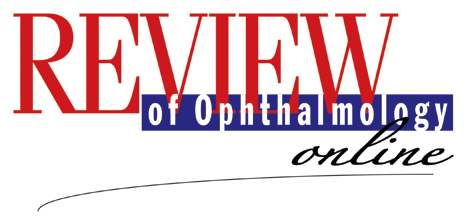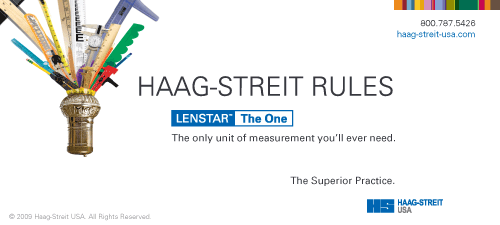
|
Volume 9, Number 19
|
Monday, May 18,
2009
|
| In this issue: (click heading to view article) | ||||
| Association Between Dietary Fatty Acids and AMD | ||||
| Effect of Postop Lens Status on IOP in Proliferative Vitreoretinopathy | ||||
| Myopia Progression with Corneal Reshaping Lenses | ||||
| RNFL and Cognitive Functioning | ||||
| Briefly | ||||
 |
||

|
||

|
||

|
|
 |
|
| Subscriptions: Review of Ophthalmology
Online is provided free of charge as a service of Jobson
Professional Publications Group, a division of Jobson Medical Information LLC, 11 Campus Blvd., Newtown Square, PA 19073. If you enjoy reading Review of Ophthalmology
Online, please tell a friend or colleague about it. Forward
this newsletter or go to www.jobson.com/globalemail/ and sign up today. To
change your subscription, reply to this message and give us your
old address and your new address; type "Change of Address" in the
subject line. If you do not want to receive Review of
Ophthalmology Online, click here. Advertising: For information on advertising in this e-mail newsletter or other creative advertising opportunities with Review of Ophthalmology, please contact publisher Rick Bay, or sales managers James Henne, Michele Barrett or Kimberly McCarthy. News: To submit news, send an e-mail, or FAX your news to 610.492.1049 |











